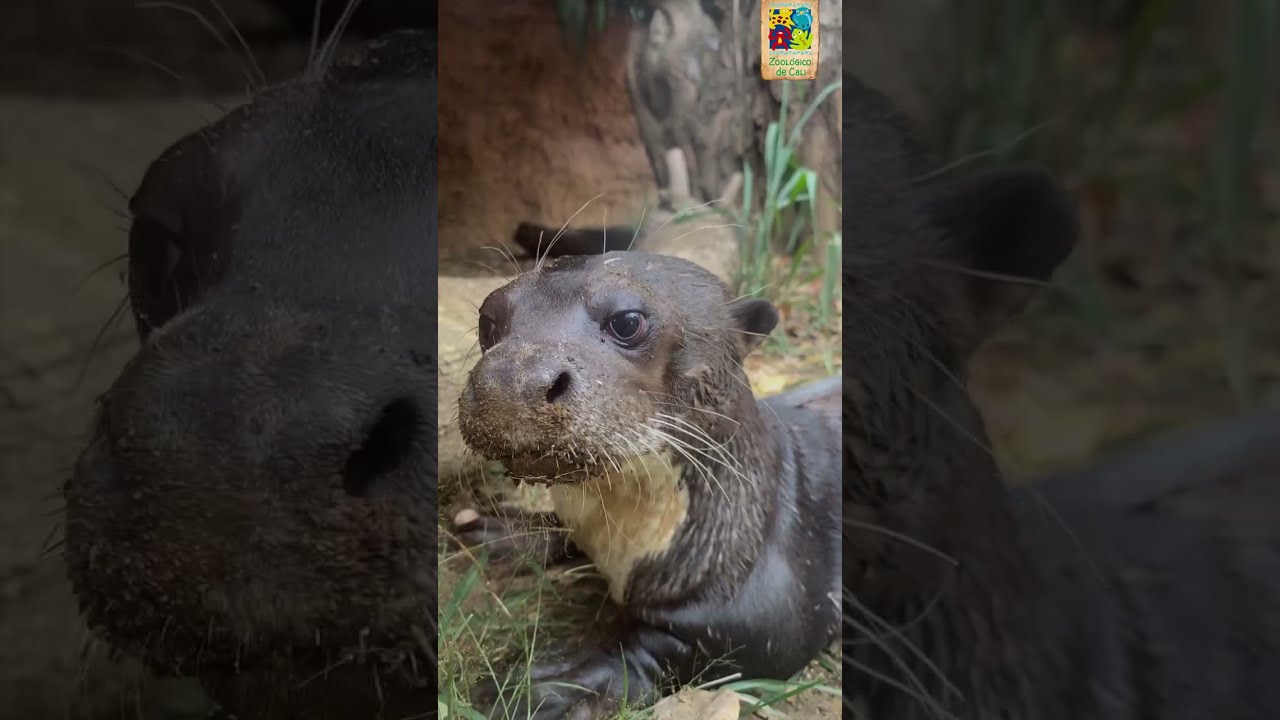– The significance of Kirpa, the giant otter, in the context of wildlife conservation and species awareness.
– The role of zoos in preserving and educating endangered species, including the giant otter.
– Strategies for effectively managing and conserving otter habitats in the wild.
– The ecological importance of the giant otter to its natural environment.
Giant otters, such as Kirpa, play a pivotal role in the ecosystems they inhabit, functioning as indicators of healthy aquatic environments. Their presence in waterways signifies a rich, biodiverse habitat crucial for the survival of numerous species. However, these remarkable creatures face habitat destruction, pollution, and poaching threats, highlighting the urgent need for conservation efforts.
Zoos have become vital in the fight to save endangered species like the giant otter. By offering a haven, they contribute to the understanding and appreciation of these animals through educational programs and research. Zoos engage in breeding programs to increase population numbers, aiming to reintroduce animals back into their natural habitats. Through the example of Kirpa, the significance of these institutions is underscored, providing both a sanctuary for individuals and a platform for public education and awareness.
Effective management and conservation of otter habitats are critical for the survival of species such as the giant otter. This involves protecting and restoring ecosystems like rivers, wetlands, and forests that serve as their homes. Conservation strategies must involve local communities, fostering an appreciation and understanding of these animals’ values and environments. Additionally, implementing anti-poaching laws and monitoring water quality can help ensure the survival of giant otters in the wild.
The ecological role of the giant otter extends beyond its function as a predator. These animals help maintain the balance within their ecosystems, controlling fish populations and contributing to the health of aquatic environments. Their activity patterns and social structures also offer valuable insight into the dynamics of aquatic ecosystems, emphasizing the importance of their conservation.
In light of these points, the story of Kirpa, the giant otter, highlights the broader issues of wildlife conservation and the preservation of natural habitats. Through proactive zoo management and targeted conservation efforts, there is hope for the future of the giant otter and other endangered species. By supporting these initiatives, individuals can contribute to safeguarding our planet’s biodiversity, ensuring the survival of these remarkable creatures for generations to come. Through stories like Kirpa’s, the public can gain a deeper understanding of the importance of conservation, fostering a greater appreciation for the natural world and its inhabitants.
*****
Source Description
Hoy queremos contarles que Kirpa, la nutria gigante que llegó a nuestro territorio después de ser rescatada por las autoridades ambientales en la región de Arauca, será trasladada a @piscilagocol como parte de un programa de manejo cooperativo para la conservación de su especie.
Desde su llegada, le hemos brindado a Kirpa todos los cuidados necesarios en su proceso de crianza asistida, con el objetivo de garantizar su bienestar animal. Ahora, en esta nueva etapa, trabajaremos junto a esta institución para garantizar que Kirpa se encuentre en las mejores condiciones.
Gracias por seguir de cerca el proceso de Kirpa y compartir junto a nosotros la pasión por la vida y la conservación de su especie ¡Más que un trabajo, una pasión!
.
.
.
#ZooCali #MuchasHistoriasQueContar #PasiónPorLaVida

